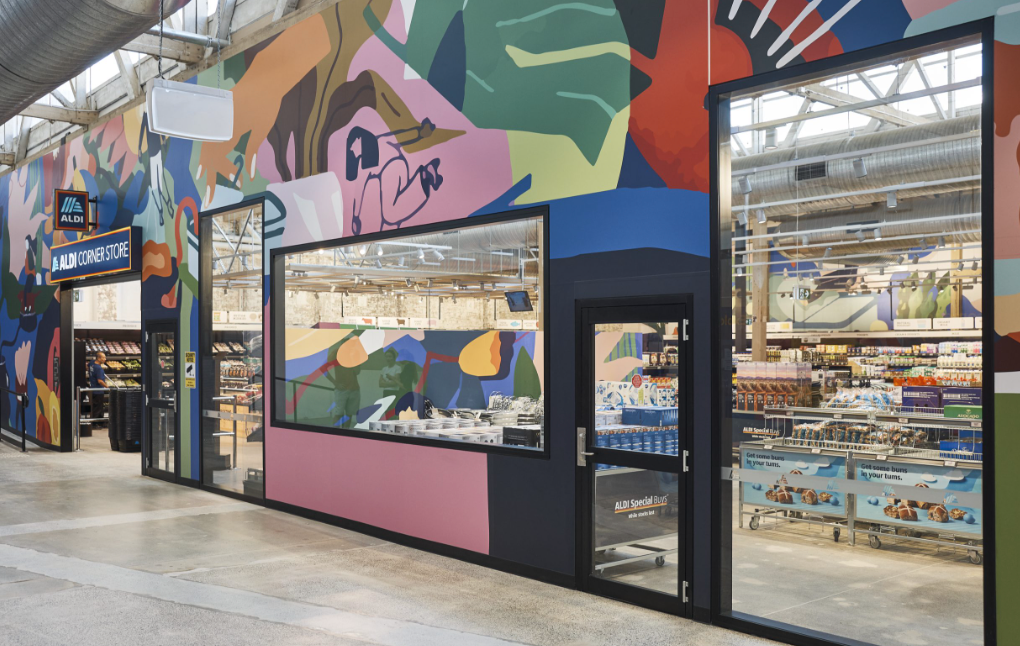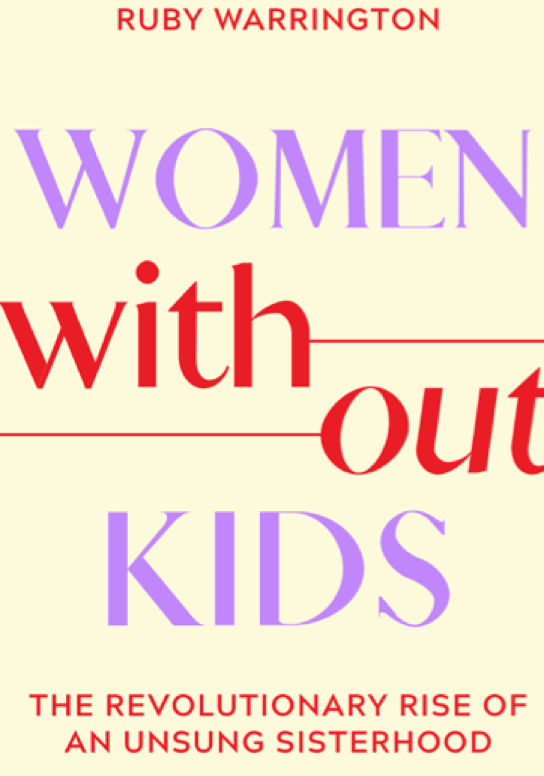Crowd’s Teresa Young looks at how being trapped in the past threatens the future for Singapore’s hawker food
City Limits Volume Nine – download it here.
In our latest issue of City Limits – our regular exploration of changing urban experience – we look at how heritage and change rub up against each other. One of our spotlights was on how Singapore’s hawker food is fighting to survive as well as innovate.
Like many cities in the world, change has never been alien to Singapore. While Singaporeans have become rather desensitised to the speed of change, there’s one thing they are reluctant to see change in at all – and that’s hawker food. What started out in the 1800s as scrappy and unorganised street food sold by migrants, hawker food has since morphed into open-air hubs located at the heart of everyday life. Established hawker centres were built in the 1970s to formalise the cuisine.
Here in the bustling outdoor courts, locals and tourists get good, affordable food. Joining queues for flavorful Singaporean specialities and Michelin-star dishes for under $10 (like the signature noodles with minced pork at Hill Street Tai Hwa Pork Noodle stall) is an unmissable feature of the city’s culture and identity. Hawker food has become part of the furniture – and it’s perhaps unsurprising that Singaporeans tend to be highly protective of it.


But there’s been a real fear in recent years that hawker food is on the brink of disappearing due to factors like an ageing population, unattractive working conditions and the pandemic. The 2020 UNESCO inscription (that commits Singapore to protecting and promoting it to future generations) was thought to be a lifeline to the trade, but some argue this was a red-herring route to go down. While nostalgia is a strong driver behind the survival of traditions, the fixation with the past can sometimes do more harm than good.
In the case of hawker food, we can see that nostalgia is laced with complex socio-cultural expectations and generational differences. It traps Singapore’s hawker food in the past and threatens its future.
“Omg, my chicken rice is now 20 cents more.”
Hawker food is expected to never cross the invisible boundaries of class. Low prices over the decades have created an ingrained perception that it’s less ‘atas’ (Singlish for sophisticated and high class) and should always remain so. Increases in prices can create a feeling that it might be more ‘worth it’ to eat at a restaurant (ironic as most hawker dishes today still come under $6 while restaurants and international franchises are $15-25). Social expectation around price severely hampers its survival amidst inflation, with the immense challenge of being forced to remain ‘low class’ with low prices while maintaining a profit.


TikTok creators champion Singapore’s hawker food stalls with both celebratory videos and content to highlight the issues that are facing the chefs to survive in today’s tough economy
“This one doesn’t taste original.”
Apart from price, there’s also an expectation for hawker food to remain unchanged in form and flavour to live up to the concept of ‘authenticity’ – as if it’s a timeless artefact. Changes in operation – from simplifying preparation methods to handing down to ‘the kid’ – are often met with uncertainty, cynicism and fear that the ‘authentic flavour’ will be lost. Meanwhile, younger hawkers who choose to venture out (eg with fusion food) receive little recognition as a part of the city’s hawker culture simply because they are not ‘traditional’. Again, the intense nostalgia surrounding hawker culture is preventing any type of innovation.
So what’s the way forward for Singapore’s hawkers stuck in a nostalgia trap? Of course, nostalgia is still crucial to the survival of traditions. But in the case of hawker food, it has made definitions too narrow to accommodate new joiners into the scene. This in turn threatens preservation. Cities change, tastes change. Accepting this will keep hawkers filling our bellies for decades to come.

City Limits Volume Nine – download it here.























